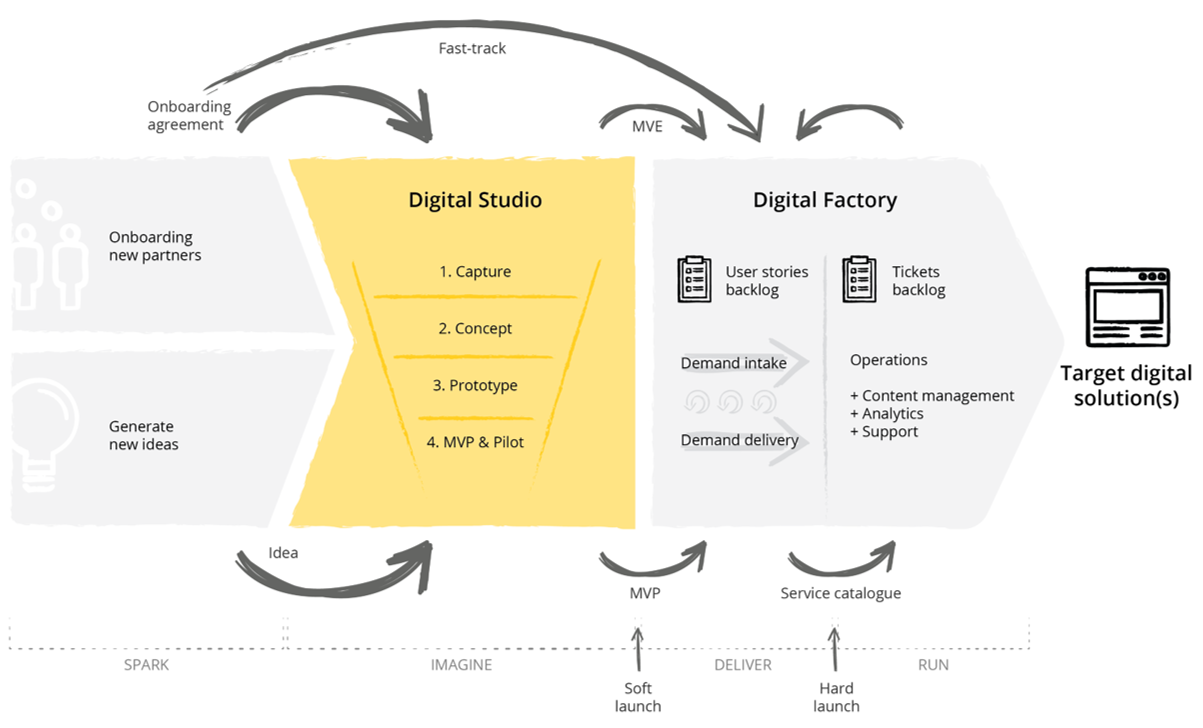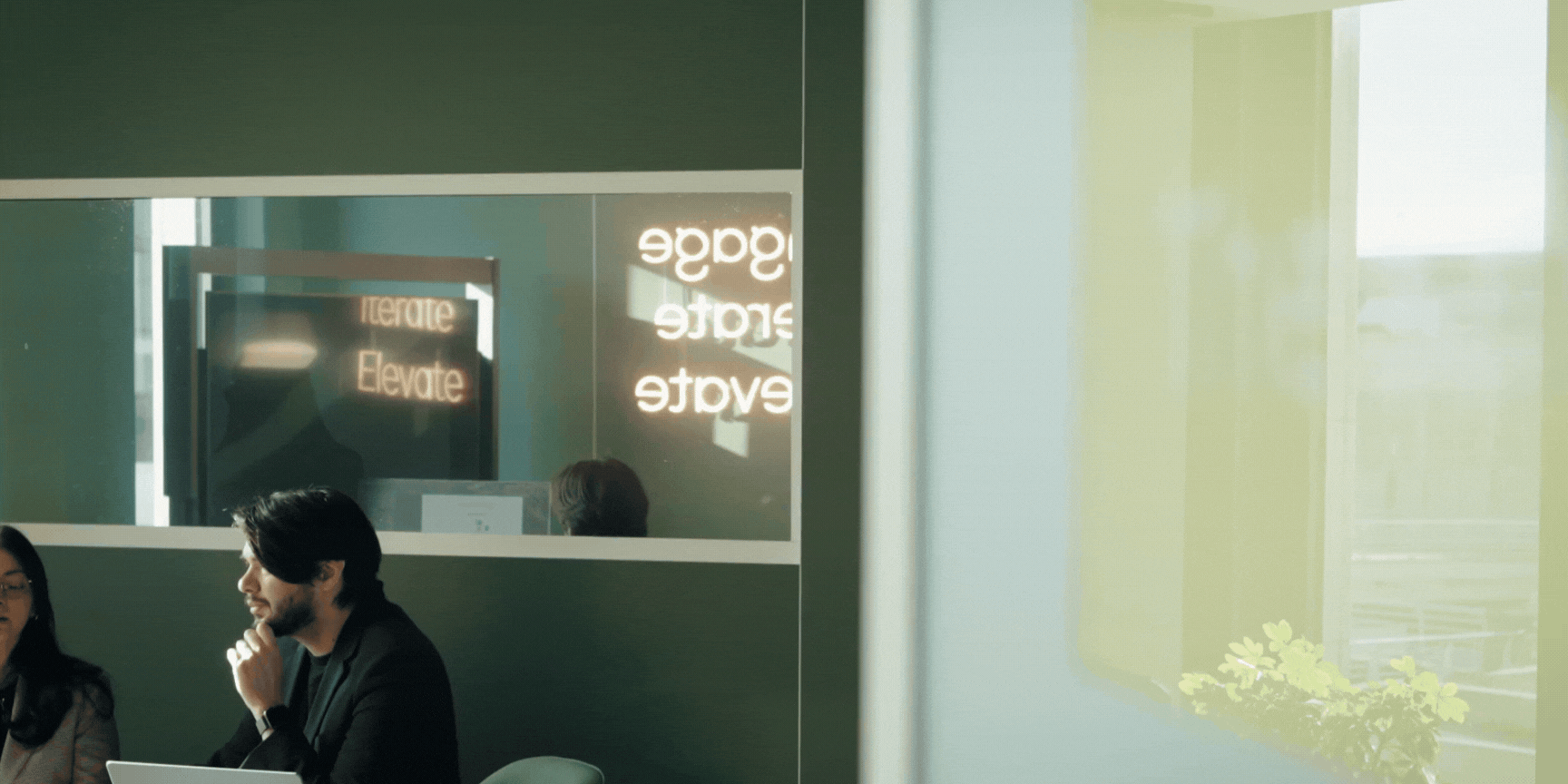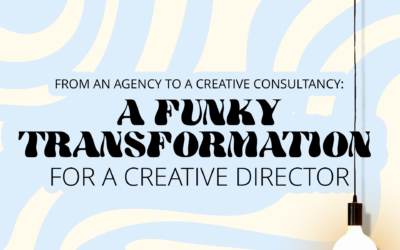Everybody speaks about digital transformation, but only a few companies actually have the relevant structure, operating model, processes, approach, capacity and resources to be able to conceive and implement it successfully and in a timely fashion.
We coined the term “Digital Delivery Model” in an attempt to materialize digital transformation. It combines, what we call the Digital Studio, in charge of identifying new ideas and transforming them into solutions launched on the market. And what we call the “Digital Factory”, in charge of running those solutions and taking care of their evolution.
Why and how did we come up with the Digital Delivery Model?
It all started when our team got assigned a mission with a client that had bold (at that time we thought “crazy”) ambitions for his organization. He envisioned to shift his business model from a process-centric model to a platform-based and client-centric model, with a first service delivered. This all to be accomplished within less than a year.
Our mission consisted of defining the strategy to be able to transform this vision in reality. As there was literally nothing to start with, we had to define all aspects: organizational model, resources, process, technology, roadmap, user needs, etc. The first service that we had to deliver was ruled by complex legislation and its consumers had very different profiles and expectations. Then, there was also the design question. How should we design our digital platform in a way that accommodates all those various constraints and offers a better experience than the current platform?
As we couldn’t find a relevant hands-on methodology in the literature nor on previous projects to accomplish such a shift in such an aggressive timeline. It forced us to go beyond traditional approaches and we had to design something new.
It was really clear that Agile would be the foundation of the delivery model. Then, to address the design challenge, reduce the risk of failing, to address the expectations of users and to be cost-efficient, we were convinced that Design Thinking was the answer. It became clear that we had to find a way to combine those 2 methodologies in a way that can be reproduced many times, with a maximum of predictability in terms of timing and a maximum of control and flexibility for the governance structure and under the time constraint.
The combination of Agile and Design Thinking became the cornerstone of our Digital Delivery model. We articulated this model in a way that makes it manageable, so that the organization can steer the process and keep it affordable.

Want to know more about our methodology and how we bring it to life? Have a look at the rest of our blog, and discover why in 5 years, every business will have a Digital Studio.




